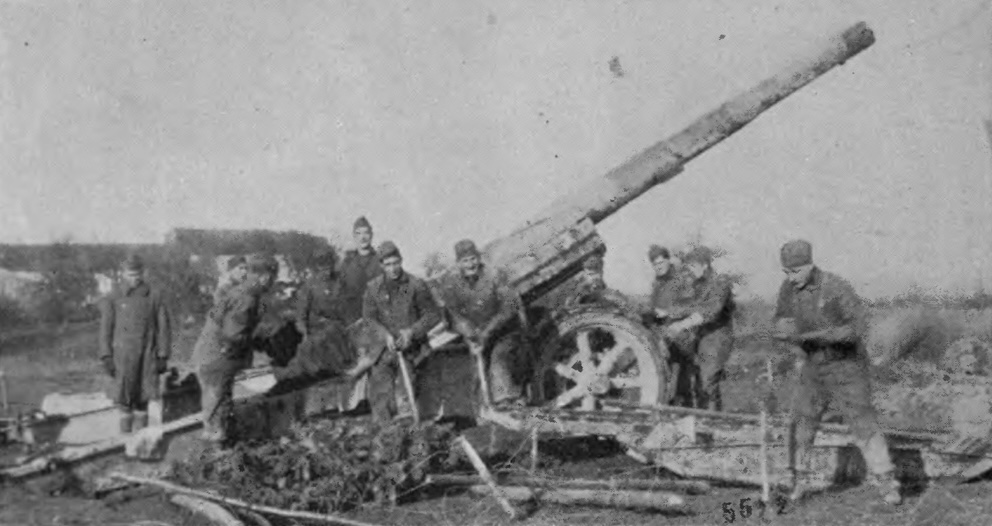The Millimeter Standard War
Updated
Using only millimeters for length measurements on a large project has the advantage that you don't need to specify units because everyone on the project knows that all lengths will be communicated in "naked millimeters". Sticking exclusively to millimeters, especially in engineering and manufacturing, reduces ambiguity and saves time. Some call this practice the "Millimeter Standard" policy.
If your project or even entire business has made the decision to go "Millimeter Standard", that's awesome. However, "Millimeter Standard" in casual use can be rather cumbersome due to the unwieldy number of digits. When headed to the local garden center to buy 20 meters of irrigation tubing, you probably don't want to be burdened with a 5-digit number like 20,000.
Most people find meters and centimeters quite practical for everyday measurements and only use millimeters when working with very small items. On the other hand, if you prefer using millimeters for everything, go for it.
Beware of a small number of vocal pseudo-experts out there hell-bent on eradicating centimeters. They consider centimeters to be impure and unholy, but this stubbornness against convenience impedes metrication. Stay away from these pernicious crazies.
Human Scale
A centimeter is the perfect precision for most "human scale" measurements. In contrast, the imperial inch is too clunky to measure something like your height, and that's why a person's imperial height is often given to the 1/2 inch. Millimeters have the opposite problem when used for human height as they lead to false precision and awkwardly large numbers.
Centimeters provide the correct level of precision and are super easy to communicate. To answer an inquiry about your height, you just need to reply with a simple number, such as 184, and you're done. Say 184 as "one eighty-four" and the person you are talking with is free to interpret that as 184 cm or 1.84 m depending on their needs.
You can even use your body as a human ruler.
| Body Part | Ruler |
|---|---|
| Across your pinky fingernail | 1 cm |
| Across your fist | 10 cm |
| Ground to your belly button (or hip line if you're tall) | 100 cm |
Long live the centimeter!
Counterintuitive
Believe it or not, a regular metric tape measure is better for "Millimeter Standard" work than a specialized millimeter only tape measure.

If you are measuring in millimeters on a regular metric tape measure, treat the numeric markers as the leading digits and the selected tick mark as the last digit. For example, a reading of "7" extended to the 3rd tick mark means a measurement of 73 mm. Rather than summing up two numbers, you're just gluing them together. This concatenation technique is cognitively faster because it involves no math.
Flawed Design

Specialized millimeter only tape measures are based on a fundamentally flawed design because the last digit of every numeric marker is always useless. The throwaway digit crowds the scale leading to reduced readability.
